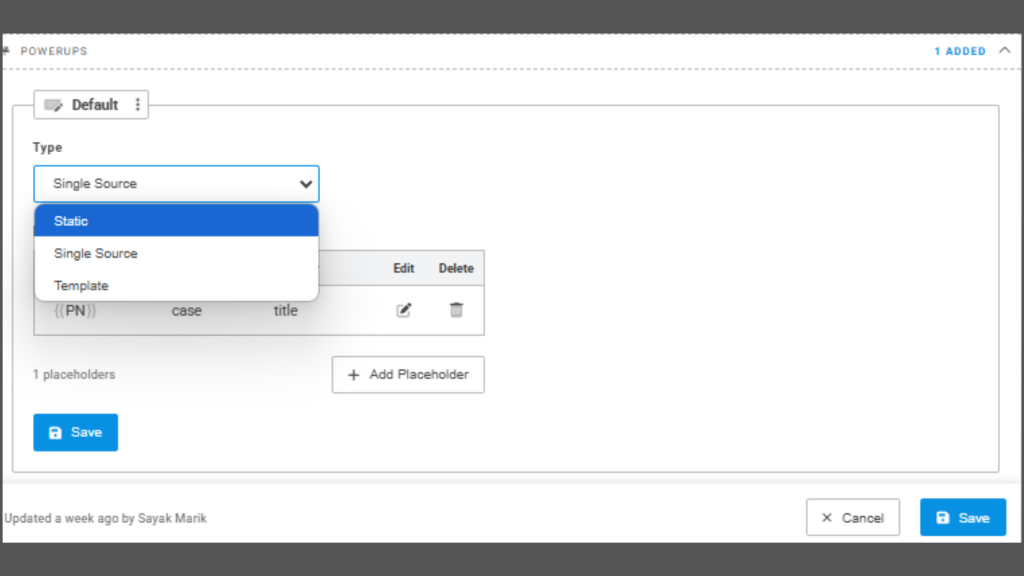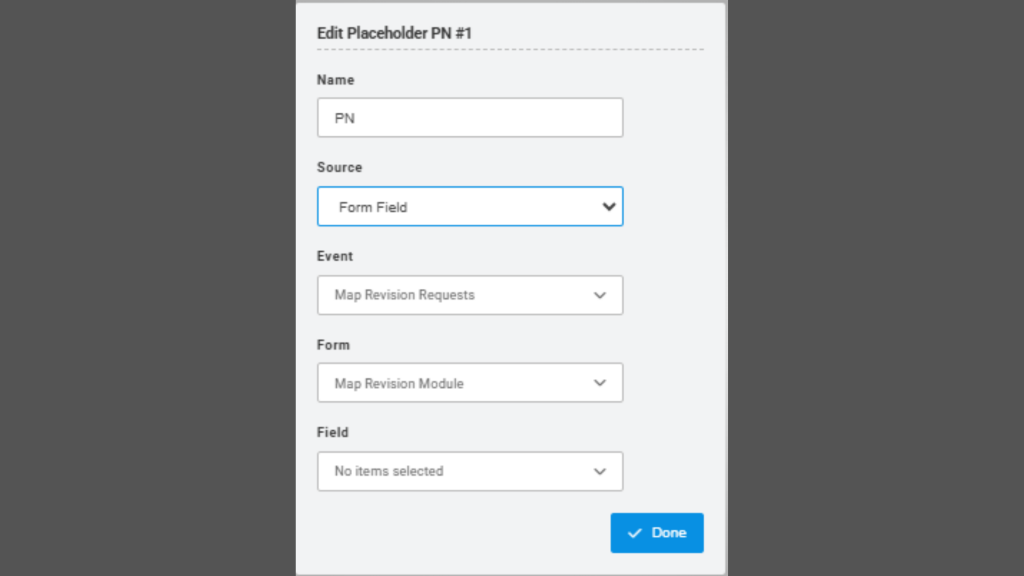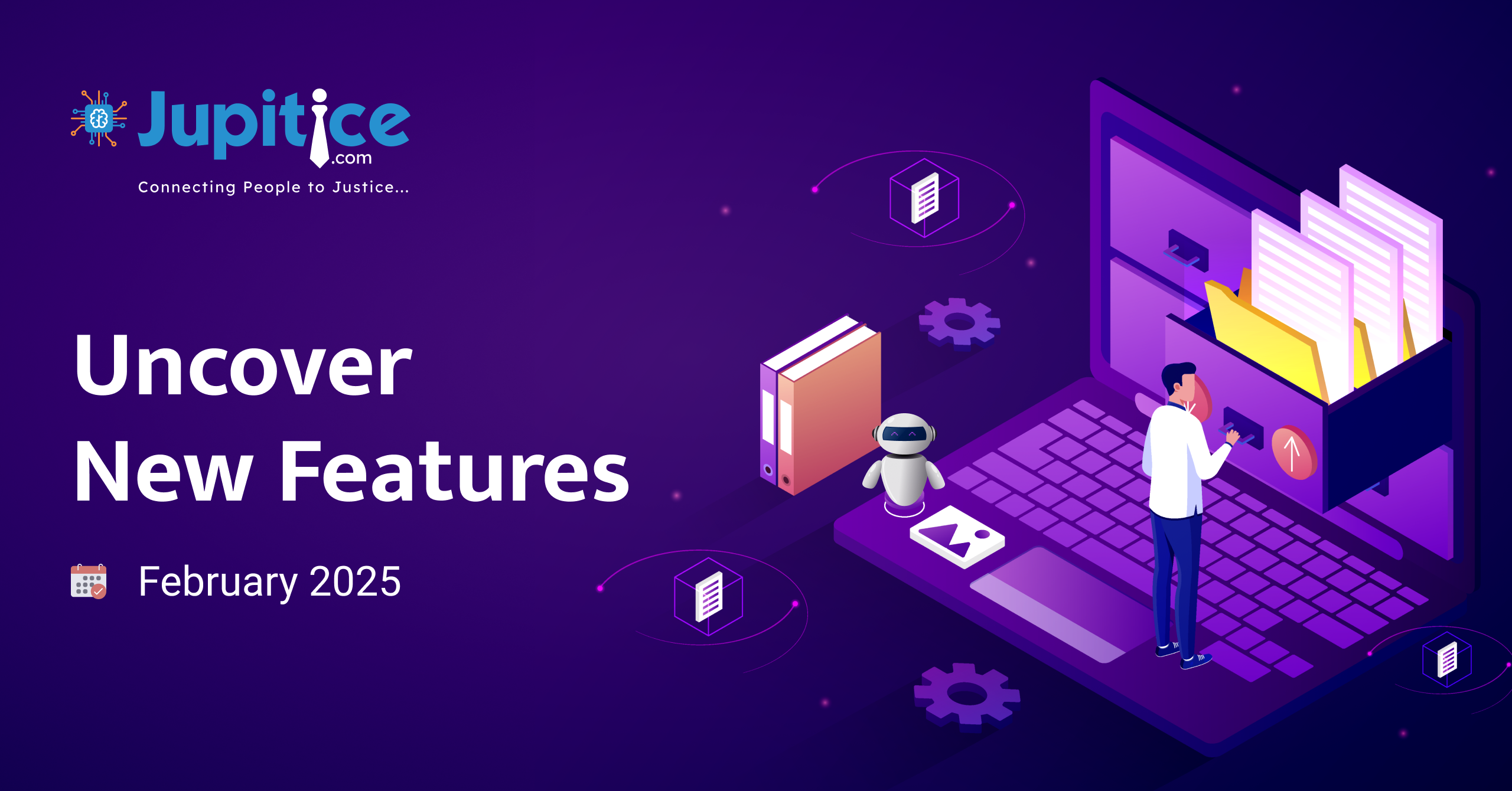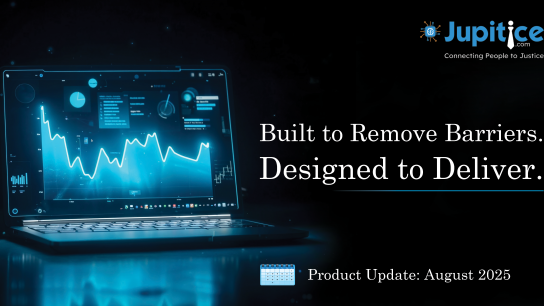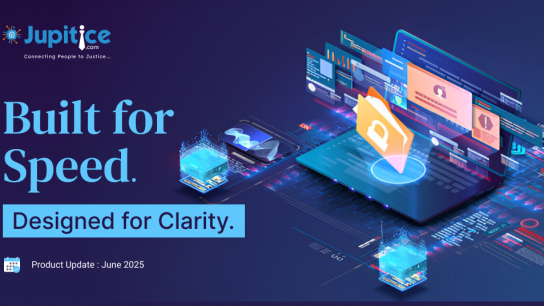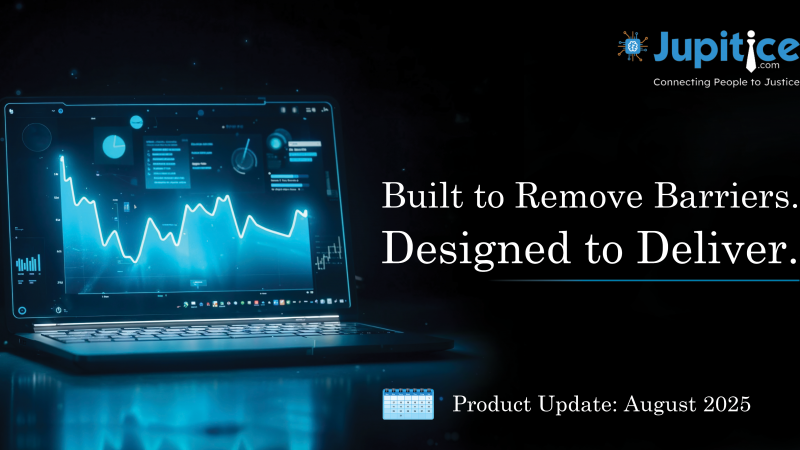Key Highlights
- Add Members to the Event Through Forms (Web): We have added new functionality that allows users to define specific consequences for adding users to an event, ensuring clear accountability and efficient management.
- Change the Ownership of Events within a Case (Web): We have implemented a ‘Change Event Owner’ functionality, enabling users to seamlessly assign and modify event ownership within a case through the Event Dashboard.
- Knowledge Base Help Configuration (Web): A new ‘Help Slug’ field has been added, enabling users to access relevant help documentation via the ‘Learn More’ option in the main dashboard three-dot menu.
- AI-powered Document Summarization and Q&A (AI): Our AI-powered Document Summarization and Q&A feature helps users quickly extract key insights and essential information from documents using relevant keywords.
- Consequences in Blueprint Builder (Web): We have introduced the New Consequences Configuration in Blueprint Builder, which allows you to easily Define Triggers, Conditions, Targets, and Actions for Dynamic Workflow.
- New Power-Up in Blueprint Builder (Web): We have introduced a new power-up named ‘Default,’ which is fully integrated with our new placeholder engines. It simplifies field defaults with Static, Single-Source, and Template Options.
Add Members to the Event Through Forms (Web)
We have added a new functionality that defines specific consequences when adding a user to an event. This functionality ensures that the user’s role and responsibilities within the event are clearly assigned. This feature allows users to designate specific tasks and expectations for each user, enhancing accountability and overall event management. This structured approach ensures that all participants are well-informed about their duties and obligations, contributing to a more efficient and effective event execution.
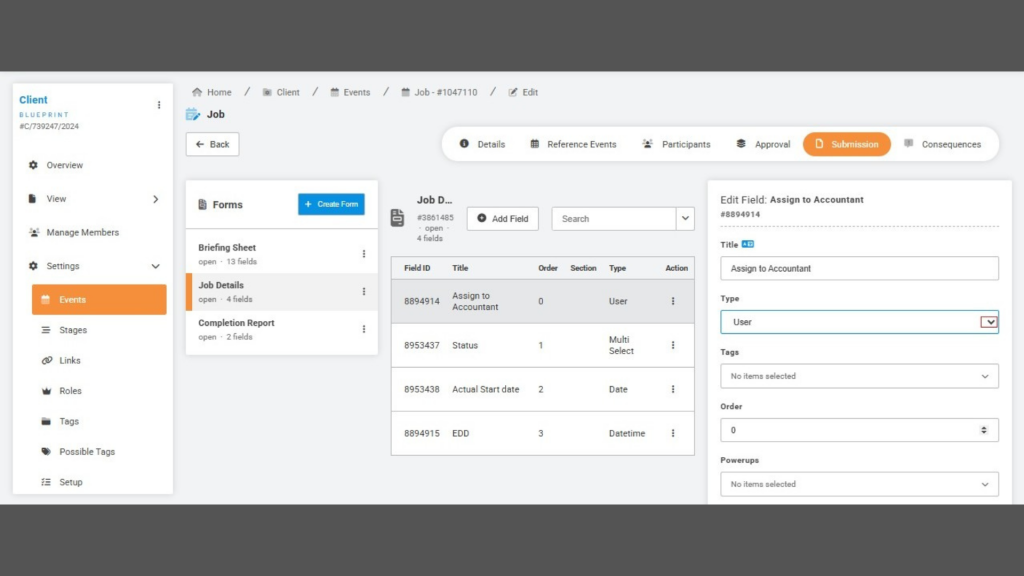
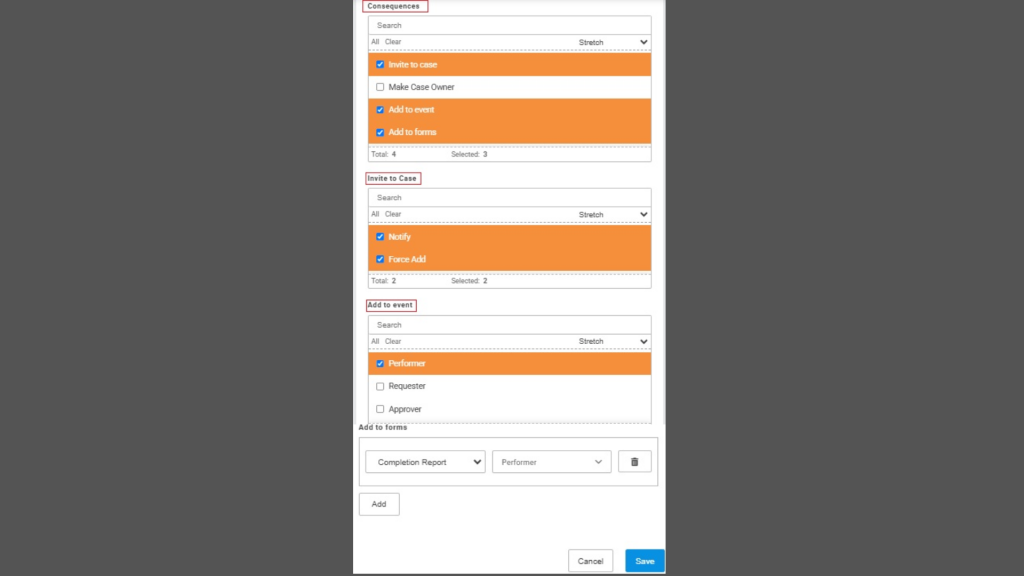
Change the Ownership of Events within a Case (Web)
We have implemented a new ‘Change Event Owner’ functionality, enabling users to assign and modify event ownership within a case in alignment with the existing case ownership feature. This functionality is accessible through the ‘Change Event Owner’ button on the Event Dashboard. Upon selection, a pop-up will appear with a search query, allowing users to search for and select other participants. The dropdown menu will display all active users associated with the case, facilitating a streamlined and efficient process for reassigning event ownership. This enhancement offers greater flexibility and ensures more effective management of events within the case framework.
Knowledge Base Help Configuration (Web)
We have introduced a new field, ‘Help Slug’, in the list view configuration. When the Blueprint Builder enters the Slug, users can access the ‘Learn More’ option in the three-dot menu on the main dashboard. Upon selecting this option, users will be redirected to the relevant help documentation corresponding to the provided slug.
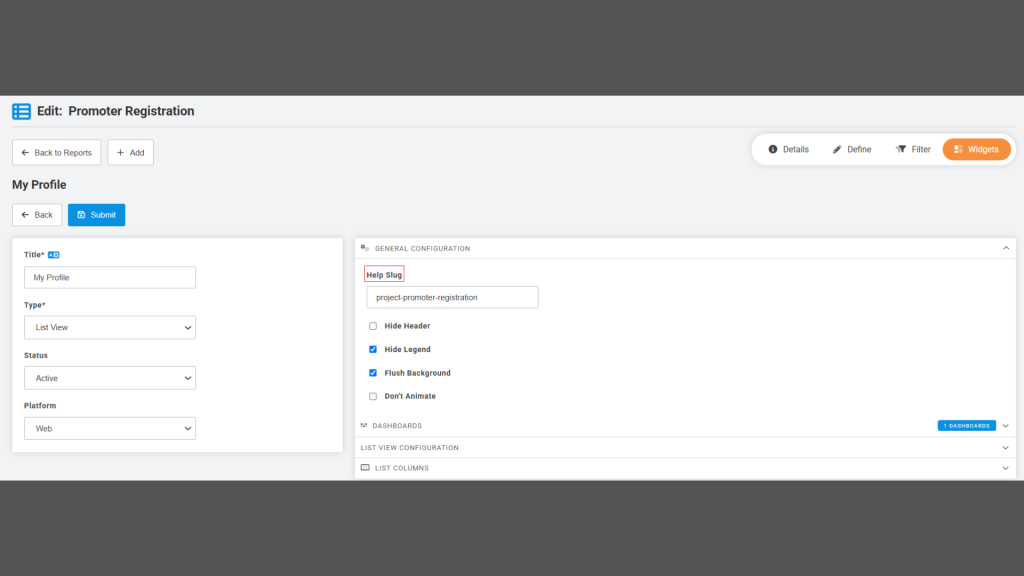
AI-Powered Document Summarization and Q&A (AI)
We are pleased to introduce our AI-powered Document Summarization and Q&A feature, which is designed to assist users in efficiently reviewing and understanding documents. By leveraging advanced AI technology, this feature enables users to quickly extract key insights and essential information from large documents using relevant keywords. Upon uploading a document, users can easily access AI-powered insights by selecting the available option in the document viewer’s navigation bar. This intuitive tool provides a seamless experience, empowering users to gain valuable information in a fraction of the time.
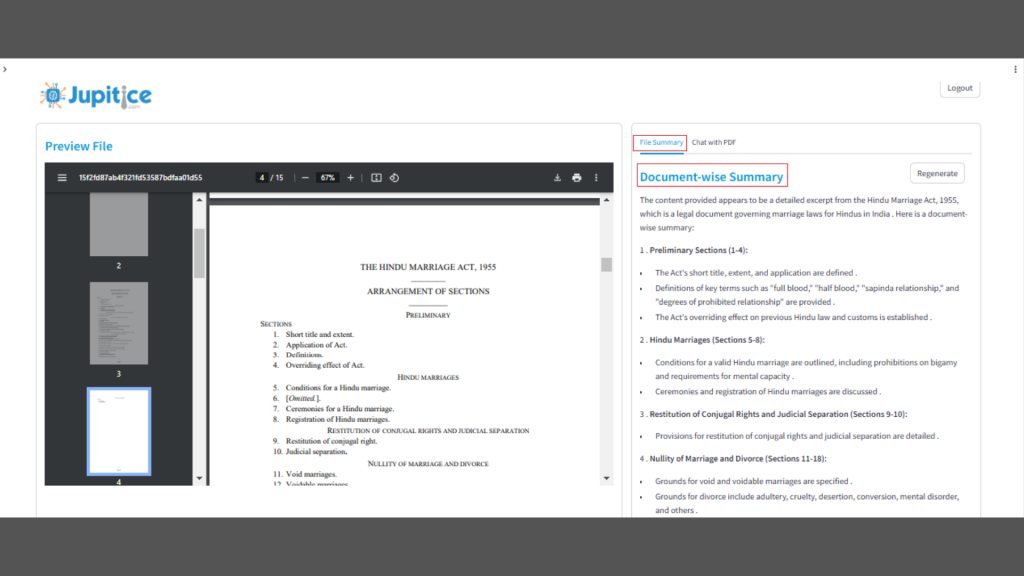
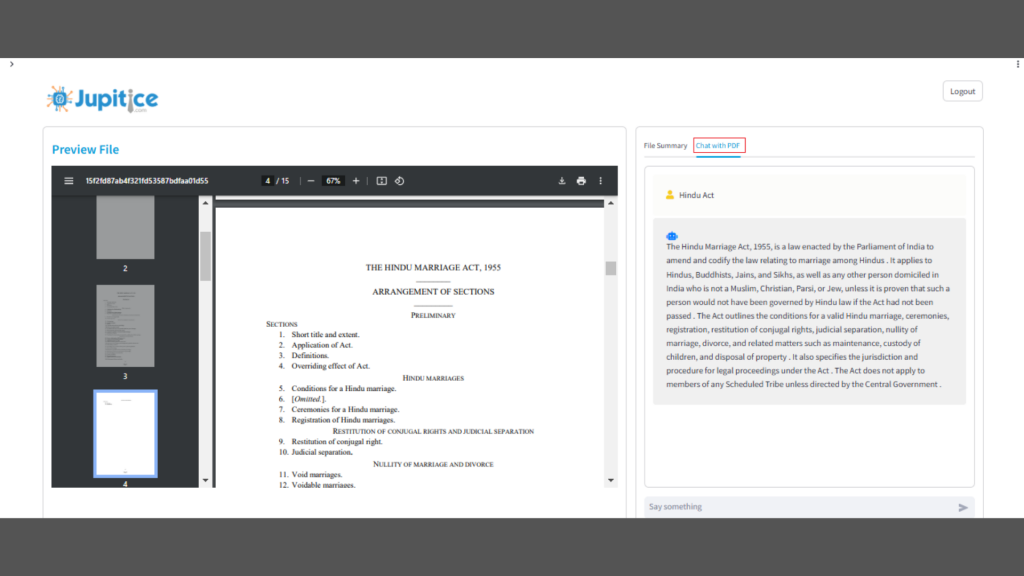
Consequences in Blueprint Builder (Web)
We have introduced Blueprint Builders’ new ‘Consequences’ Configuration feature, allowing users to create workflows that automatically respond to user actions and input. Users can set triggers such as changing a field, submitting a form, or closing a form. Users can also add conditions that depend on specific field values or user roles. Users can decide what happens next based on these triggers and conditions—like showing or hiding fields, disabling or enabling options, or updating values.
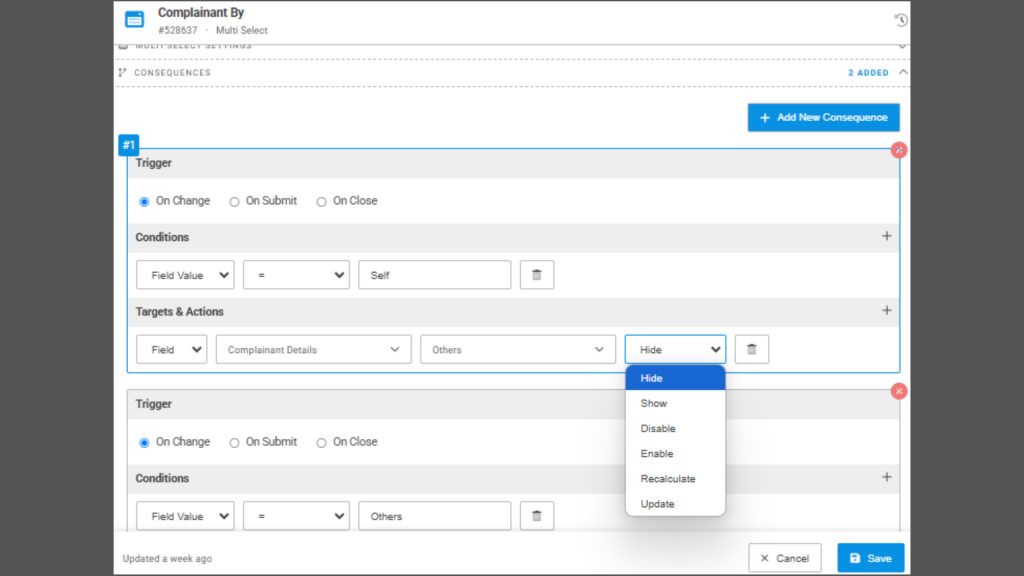
New Power-up in the Blueprint Builder (Web)
We have introduced a new power-up named ‘Default.’ This feature fully integrates with the placeholder engine and allows builders to easily set field default values. This new feature provides users with three powerful options for defining field defaults: Static, Single Source, and Template.
- Static: Enter a fixed value directly into the field that will remain constant.
- Single Source: Choose a dynamic source field’s value based on events, fields, or cases.
- Template: Select predefined values from a template to automatically populate the field
